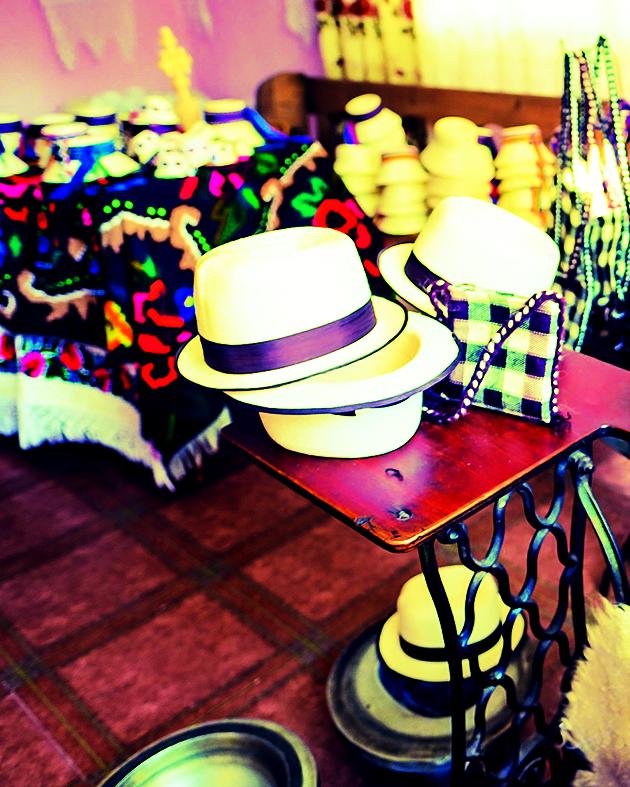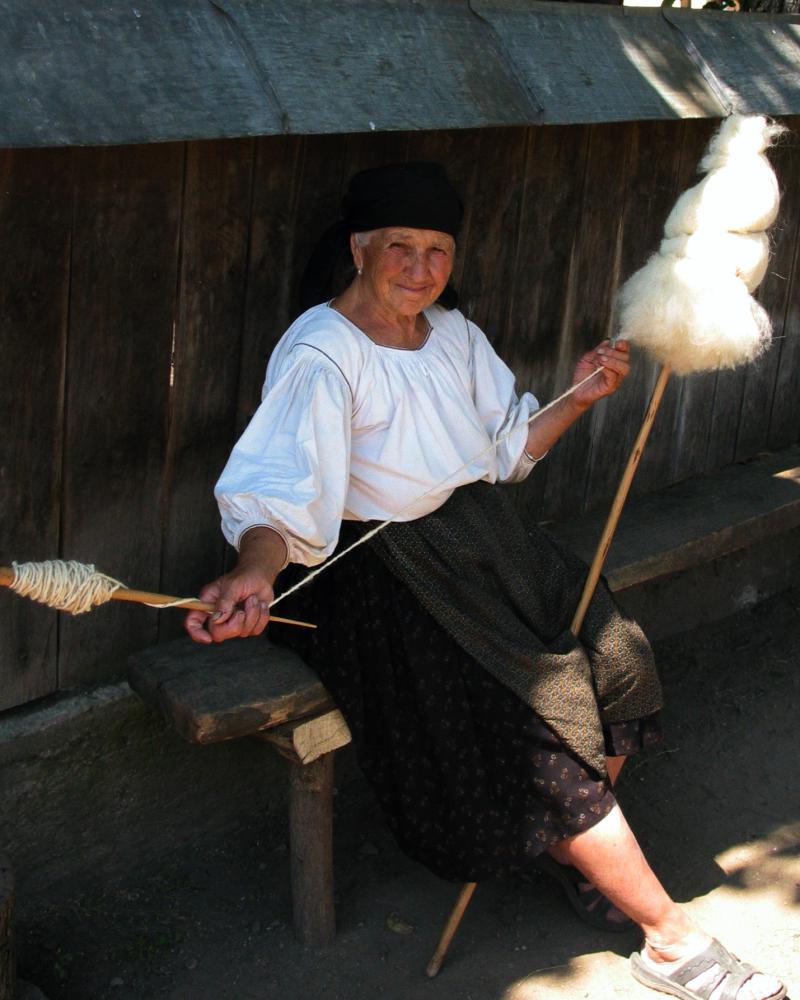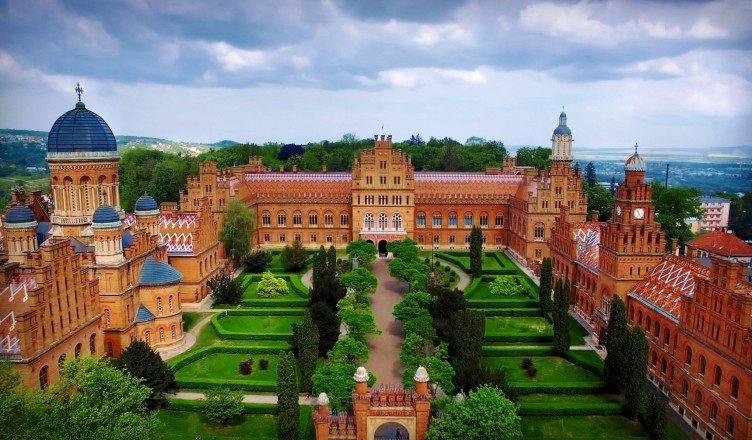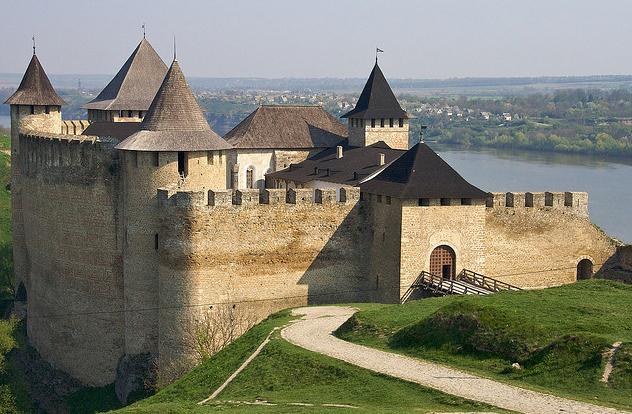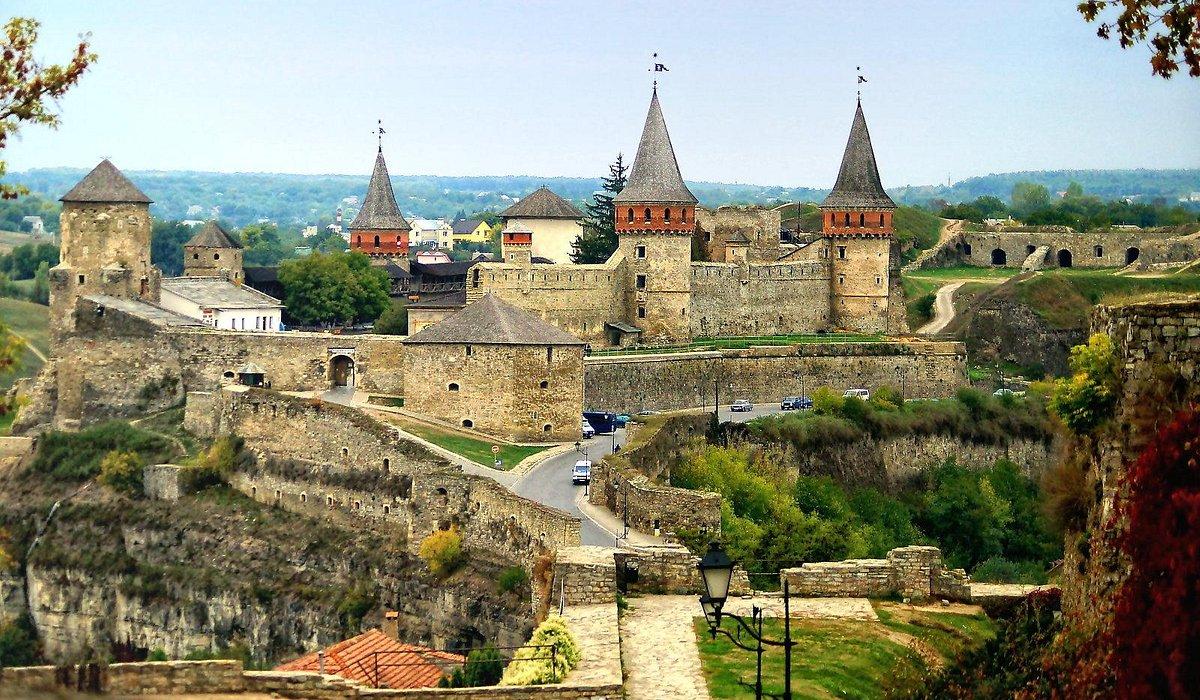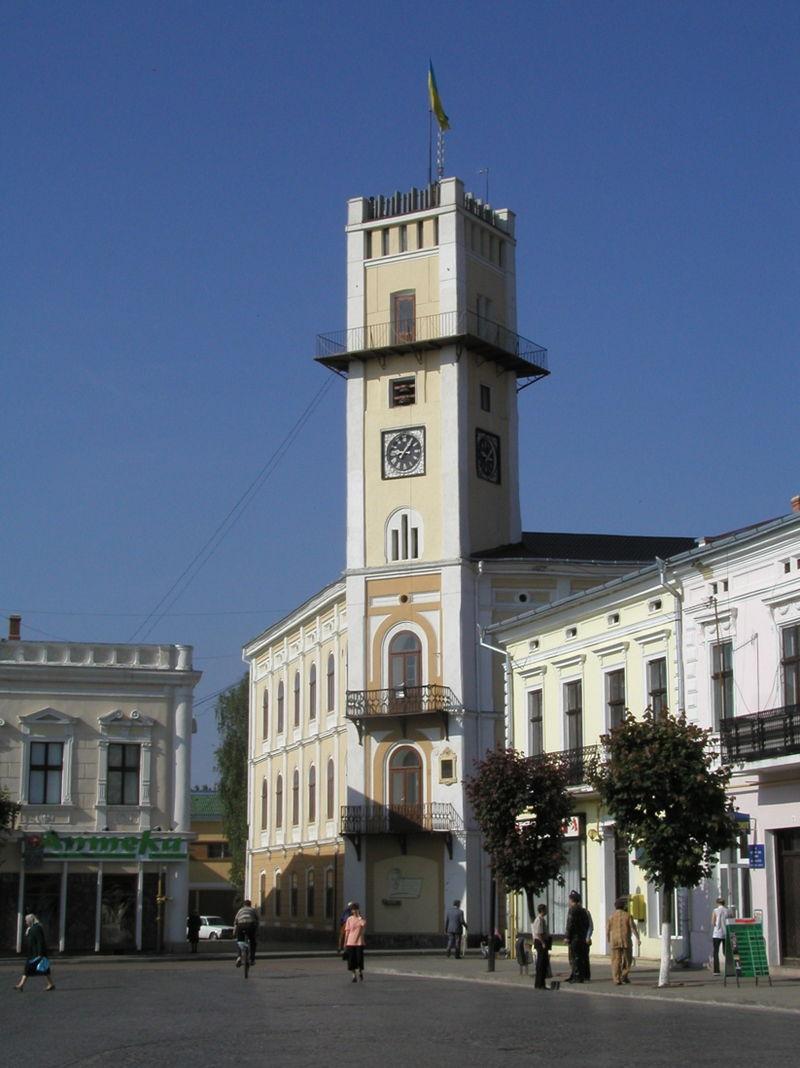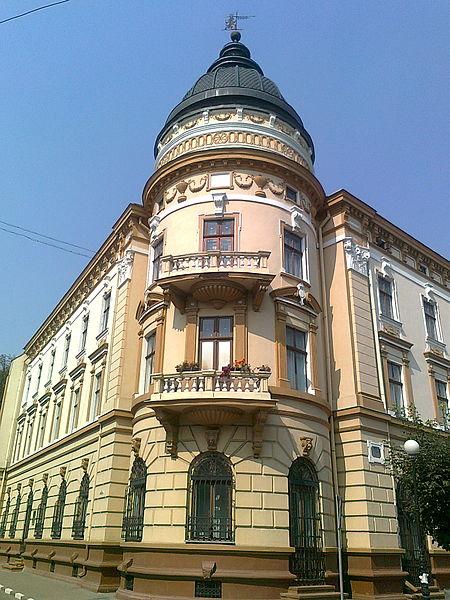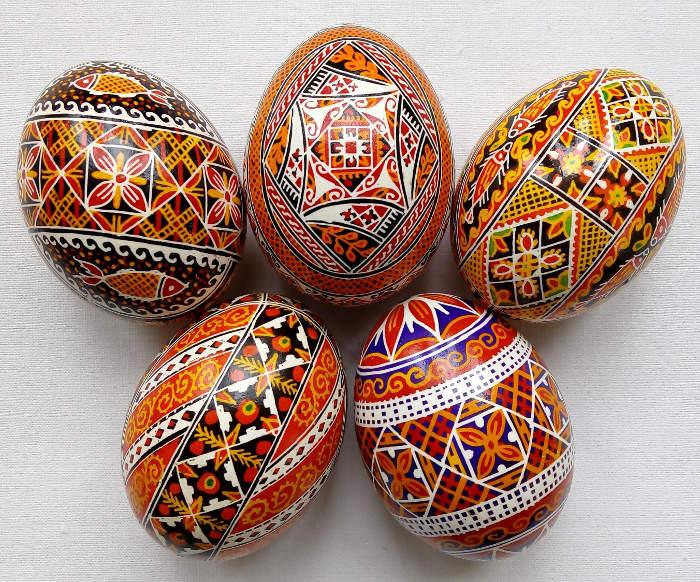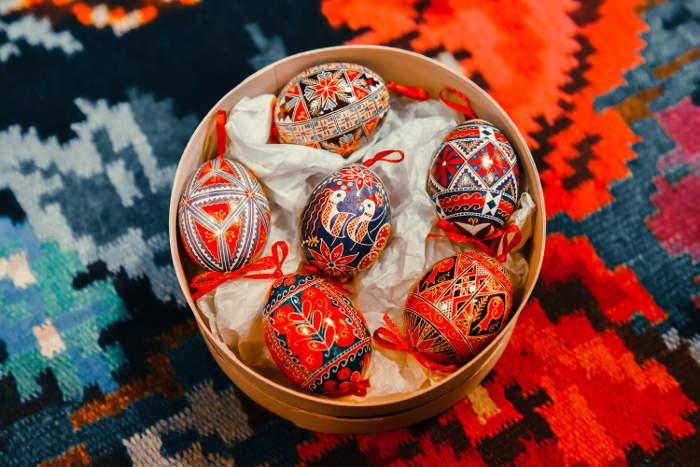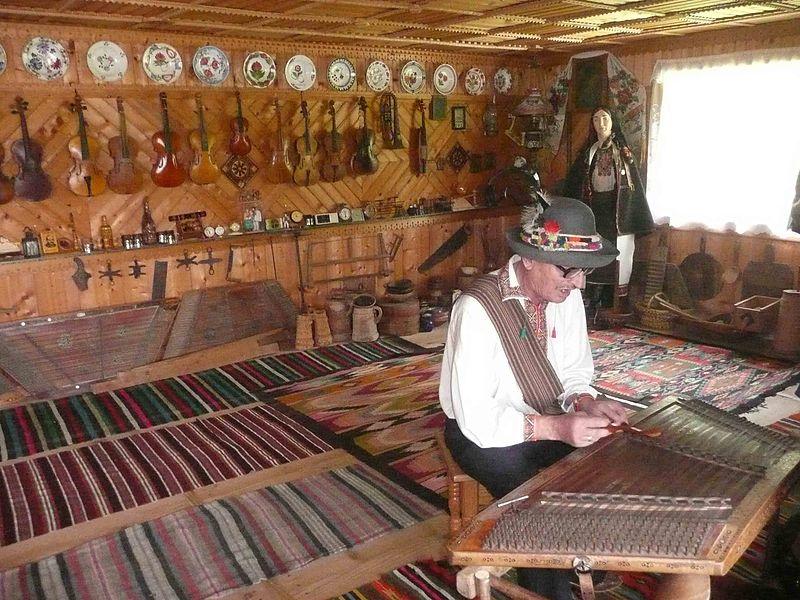Former Galizia tour
About Tour
Day 1 - 24 June 2018: Arrival in Budapest. Check in at a 4* Hotel. Free time and independent dinner. Day 2 - 25 June 2018: Budapest and surroundings We will start with the surroundings and visit first Eger, the second largest city in northern Hungary and once the northernmost point of the Ottoman Empire. The city is famous for its castle, thermal baths, historic Baroque style buildings and great wines. Next let’s stop in Szentendre, a small town on the Danube, where we will have also free lunch. In translation Szentendre means Saint Andrew and it offers visitors its perfect baroque townscape from the 18th century. It’s also known as town of art, culture, museums and galleries. Coming back in the afternoon to Budapest and do a short city tour. Same accommodation, free dinner.
Arrival
Включенные моменты:
- Check in at a 4* Hotel.
- Free time and independent dinner.
Включенная еда:
No meals included.
The surroundings of Budapest
Включенные моменты:
- Visit Eger, the second largest city in northern Hungary and once the northernmost point of the Ottoman Empire. The city is famous for its castle, thermal baths, historic Baroque style buildings and great wines.
- Visit Szentendre, a small town on the Danube. In translation Szentendre means Saint Andrew and it offers visitors its perfect baroque townscape from the 18th century. It’s also known as town of art, culture, museums and galleries.
- Free time for lunch. Coming back in the afternoon to Budapest and do a short city tour.
- Same accommodation, free dinner.
Включенная еда:
- Breakfast
Departure to Romania
Включенные моменты:
- Cross the border at Satu Mare in Romania (after about 4 hours’ drive).
- Free Lunch on the way.
- Continue towards Sighetul Marmatiei, the capital of Maramures.
- Visit the Merry Cemetery from Sapanta, and if time allows the Memorial to the Victims of Communism.
- Dinner and accommodation in a 4* pension at Doina.
Maramures villages are distinguished by their unique wooden churches with tall spires and shingled roofs. Traditional Carved Gates in Maramures, emphasize that wood has long been - and continues to be - the medium of expression for the region’s artisans. Elaborate woodcarvings decorate the eaves, entryways and windows of houses. The local handiwork is also seen in the hand-woven carpets and intricate embroidery that adorns folk dresses still worn by the locals.
Discovering Maramures
Включенные моменты:
- Visit several UNESCO sites,
- The wooden church from Surdesti and Budesti,
- Visit local artists: hat maker, plum brandy producer,
- Discovering a traditional village washing machine,
- The Church of the Holy Archangels (Surdesti), built in 1767, synthesises all the features of the wooden churches of Maramureş at the height of their development with, in particular, a double canopy and superposed windows. The church was painted in 1783, and its tall bell tower dates back to the 19th century.
- The wooden church from Budesti village was built in 1643, at a time when local Romanian Orthodox people were not allowed to build churches of stone. In order to stay true to the law they built this and many other churches from wood, and they were so good at it that these churches stand till this very day, many of which, including this one, have been designated UNESCO World Heritage sites.
- Lunch with locals
- Dinner and accommodation in the same place, at Doina.
The Maramures churches are outstanding examples of vernacular religious wooden architecture resulting from the interchange of Orthodox religious traditions with Gothic influences in a specific local interpretation of timber construction traditions, showing a high level of artistic maturity and craft skills.
Включенная еда:
- Breakfast
- Lunch
- Dinner
Wooden monasteries
Включенные моменты:
- Visit the imposing monastic complex in Barsana, a grouping of buildings entirely built of wood and with high-pitched gothic towers, respecting the local architecture. There are also some interesting interiors here, and we may even have a chance to see nuns leading prayer service in the church.
- Cross the Carpathian Mountains from Maramures into Bucovina.
- On the way see typical villages, wooden gates, and the special design of the houses in Ciocanesti.
- Lunch on the way.
- Visit the most beautiful painted monastery, Voronet.
- Accommodation in Gura Humorului at La Roata Guesthouse,
- Free Dinner
Включенная еда:
- Breakfast
- Lunch
Painted Bucovina
Включенные моменты:
- Visit the studio of a true artist, a woman whose world renown for intricately painting eggs, a craft specific to this region.
- Visit the UNESCO World Heritage site, the painted monasteries of Moldovita and Sucevita. The art historians compare their artistic value with the mural paintings of San Marco church of Venice or the church of Orvietto. The secret of the Moldavian painters who prepared the colours and the techniques that made the paintings incredibly resistant is still a mystery.
“Painted Churches” is the term used to refer to churches which are frescoed on the outside. The churches were covered in paintings from top to bottom. The painters were usually local priests or monks, although some were teams of lay artists who travelled in a circuit repeating and subtly developing the iconography laid down by the Orthodox Church. But quite apart from their physical beauty, they represent the most striking remains of the Christian Orthodox mysticism that flourished in Bucovina.
- Lunch on the way
- Afternoon coming back to La Roata Guesthouse
- Free dinner in Hotel.
Включенная еда:
- Breakfast
- Lunch
Exploring Chernivtsi
Включенные моменты:
- Go directly to the Ukrainian border.
- Arriving in Chernivtsi, former capital of Bukovina
- Visit the city with its charming old center.
- Visit the University of Chernivtsi (interior) that is proud to be one of the most architecturally unique buildings in whole Europe,
- Theatre Square,
- charming Kobylyanska street full of unique restaurants and cafes,
- Drama Theater
- Independent dinner
- Accommodation at Hotel Allure Inn 4*.
Включенная еда:
- Breakfast
Day tour to Kamianets-Podilskyi
Включенные моменты:
- Visit the Khotyn fortress, one of the most impressive fortresses from middle age, 15th century.
- Tour of the old center of Kamianets-Podilskyi and its medieval castle. The original stone citadel buildings of the castle were built in XII-XIII centuries. The Russian and Polish estates,
- The Cathedral and Dominican Catholic churches to the unique Town Hall
- The Armenian wall and Bastion,
- St. Peter and St. Paul Catholic church with minaret.
- Lunch in the citadel,
- Drive back to Chernivtsi,
- Free dinner and same accommodation.
Включенная еда:
- Breakfast
- Lunch
Leave Chernivtsi towards Kolomyia
Включенные моменты:
- Visit the Easter Painted Egg Pysanka Museum.
- If time allows we will stroll in the old city for a while and depart towards Hutzul area.
- Arrival in Verkhovyna which can be fairly called the heart of Hutsul traditions.
- Enjoy the tremendous beauty of Sub-Carpathians forests,
- Talk to the local people, and see their close-to-nature style of life.
- Visit the Embroidery Museum,
- The Hutsul music instruments museum,
- The Cheese Museum
- Have dinner in the Hutsul Traditions Museum where we will learn about their cuisine.
- Overnight in Verhovyna to a 4* Hotel.
Включенная еда:
- Breakfast
- Dinner
The Medieval Lviv
Включенные моменты:
- Departure to Lviv
- Guided Sightseeing Tour in Lviv
- The Cathedral of St. George-masterpiece of Baroque architecture,
- Ukrainian-Catholic Metropolitanate of Western Ukraine,
- The High Castle Hill – place of Lviv foundation, from where one can enjoy magnificent view of the city,
- Lychakiv Cemetery - one of the most ancient landscape cemeteries of Europe, where you will be introduced to Art of famous Lviv sculptors of various styles and epochs.
- The Jesuit Church of St. Peter and Paul (XVII century),
- Roman Catholic Cathedral (XIV-XVIII centuries),
- Municipal and Royal Arsenal (XVI-XVII century),
- Jewish Quarter,
- Ruins of Synagogue “Golden Rose”,
- defensive walls,
- Dominican Cathedral,
- Pharmacy Museum,
- Armenian quarter and Cathedral (XIV-XVI centuries),
- Market Square (unique museum in the open air – all 45 buildings on the square are considered to be architectural monuments of XVI-XX centuries),
- Town Hall,
- Lviv Opera Theatre (which is viewed as one of the three most beautiful theatres of Europe),
- Boim’s chapel (XVII century),
- Bernardin Monastery of XVII century (today in the former monastery there is Ukrainian Greek-Catholic Church of St. Andrew, however the building of the Monastery is partially occupied by archives, where huge collection of autographs is being preserved of Peter I, Charles XII and others) etc.
- Lunch in the old city of Lviv.
- Independent dinner.
- Accommodation in a 4* Hotel.
Включенная еда:
- Breakfast
- Lunch
Lviv and sorroundings
Включенные моменты:
- Visit the Olesko Castle. Oval in shape it stands on top of a small hill, about fifty meters in height. It was originally on the border of land of Volhynia and land of Lviv. The castle was, at different times, owned by Poland, Lithuania, and Hungary. The castle is perhaps most famous for being the birthplace of the Polish king Jan III Sobieski, the hero of the Battle of Vienna. He often lived there, and collected many of the artworks displayed in the present-day museum. Another Polish king, King Michał Korybut Wisniowiecki, was also born here.
- Continue to Poceavo, an amazing monastery. The Lavra is dominated by the Dormition Cathedral, conceived by Nicholas Potocki as the largest of Greek-Catholic churches and constructed between 1771 and 1783 to designs by the German architect Gottfried Hoffmann. After the Greek-Catholic clergy reverted to Orthodoxy, the rich and refined interior of the cathedral had to be completely renovated in order to conform to traditional Orthodox requirements. The cathedral contains the tomb of Nicholas Potocki and two greatest shrines of Pochayiv - the footprint and the icon of the Theotokos.
- Independent lunch in the way,
- Return in Lviv,
- Free time.
- Same accommodation and free dinner.
Включенная еда:
- Breakfast
Explore one of the greenest cities in Ukraine
Включенные моменты:
- City tour of Mukachevo
- The castle “Palanok” (XIV-XVIII centuries). It’s one of the best-preserved castles in Europe at present. Located on the hill it’s been seen from almost any part of the town. It played very different roles in the region and used to be a home for nobles, a fortress, a prison, an agricultural college, today turned to a museum.
- Go for sightseeing of Uzhgorod
- Visit the ancient Uyhgorod castle dated XV-XVIII centuries. The Austrian reign gave Uzhgorod many architectural masterpieces, but the city’s biggest draw is still the ancient Citadel. It is one of the best-preserved fortifications in Ukraine.
- The Trans-Carpathian Museum of Folk Architecture and Heritage, another unique landmark. Original wooden buildings still stand here, representing the ethnic traditions of different nations that inhabited Zakarpatia.
- The longest in Europe Linden Tree Alley, stretched out on both embankments.
- Accommodation to a 4* Hotel downtown in Uzhgorod.
- Independent lunch and dinner.
Включенная еда:
- Breakfast
Road adventure
Включенные моменты:
- Cross the border to Hungary
- Have lunch in Sarospatak, where we already start with a wine tasting to one of the best wineries in the region, Harsany.
- Free dinner and accommodation at 4* Hotel Degendorf near Tokaj city, an amazing Hotel.
Включенная еда:
- Breakfast
- Lunch
Wine adventures
Включенные моменты:
Tokaj wine region is a historical wine region, and maybe the most famous one of the seven larger wine regions of Hungary. The region consists of 28 named villages and 11,149 hectares of classified vineyards. Tokaj has been declared a World Heritage Site in 2002. Its fame long predated this distinction because it is the origin of Tokaji aszú wine, the world’s oldest botrytized wine.
- Visit several wineries from the region, learn about how the “aszú” is produced, and also taste the legandary wines of the region.
- Same accommodation.
- Independent lunch
- Farewell dinner.
Включенная еда:
- Breakfast
- Dinner
Transfer to Budapest for departure
Включенные моменты:
- Transfer to Budapest for departure
Включенная еда:
- Breakfast
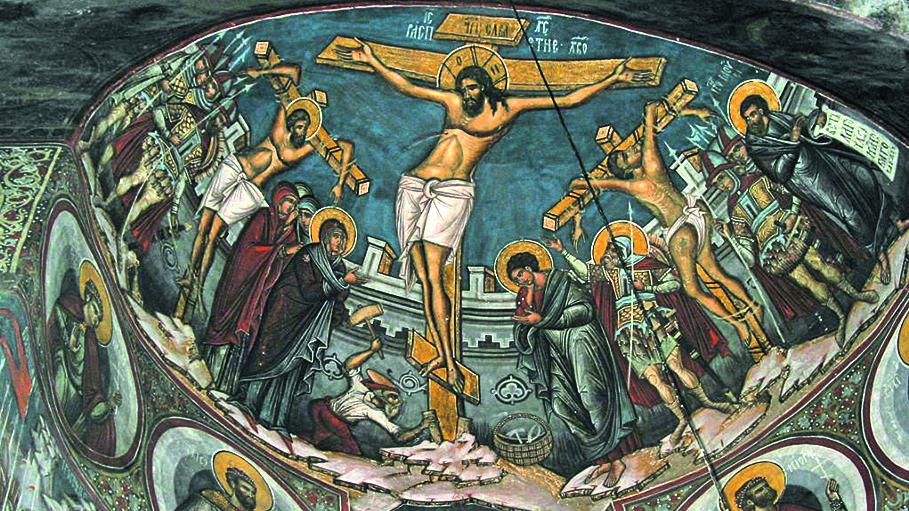
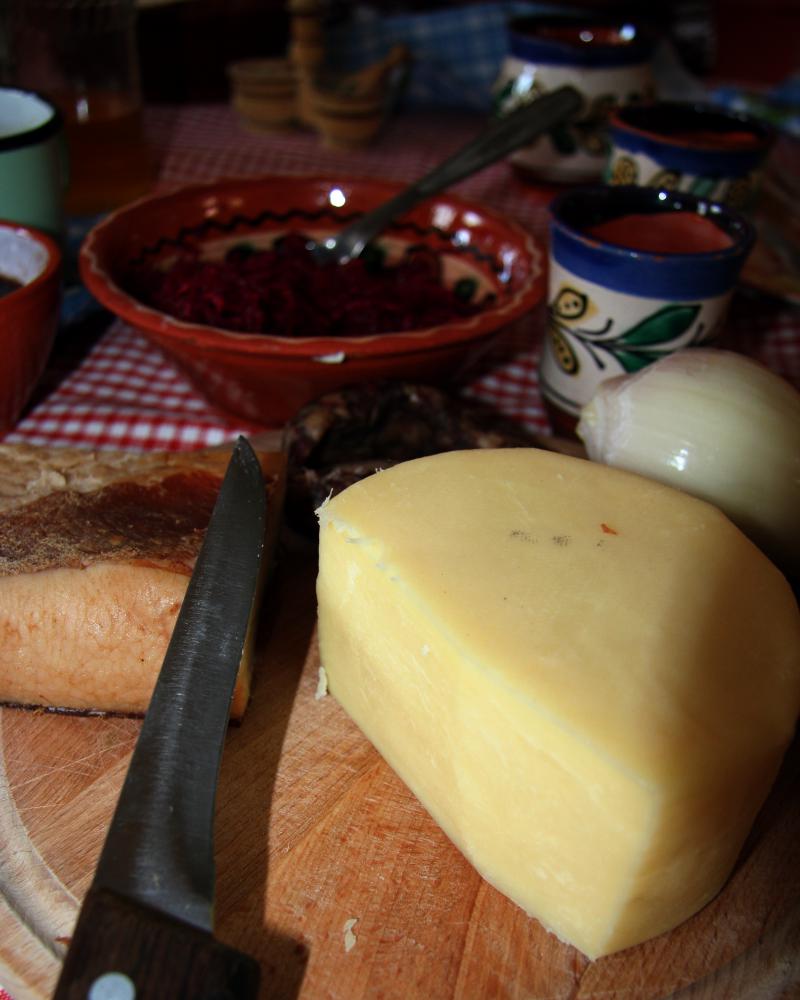
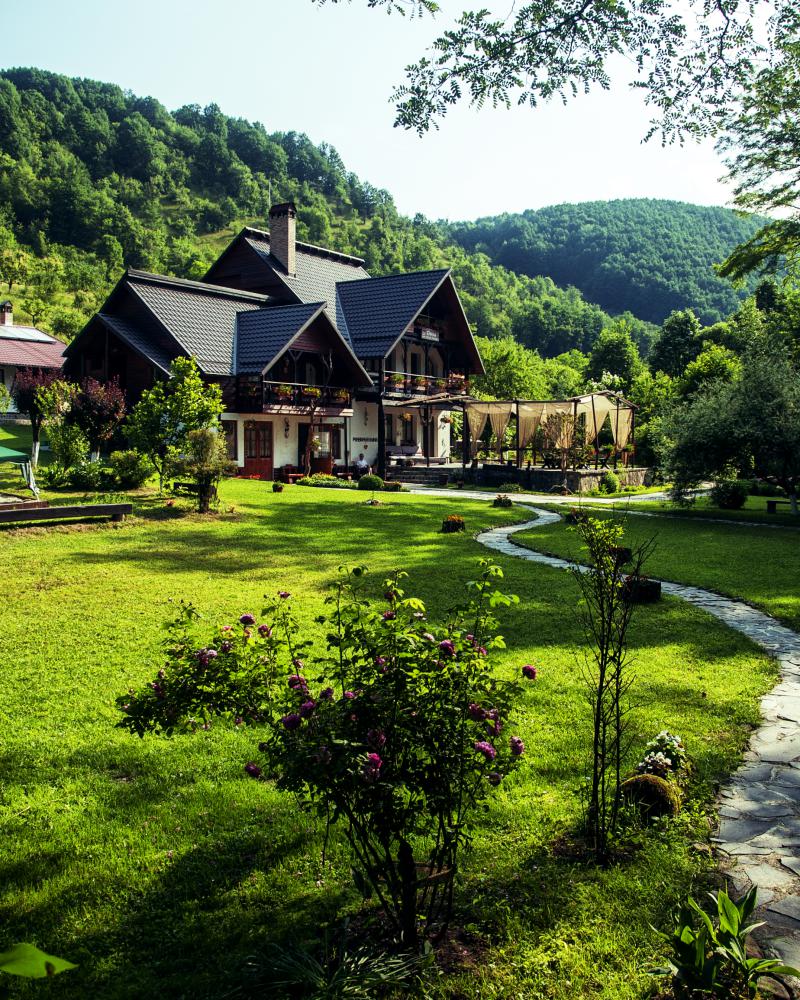
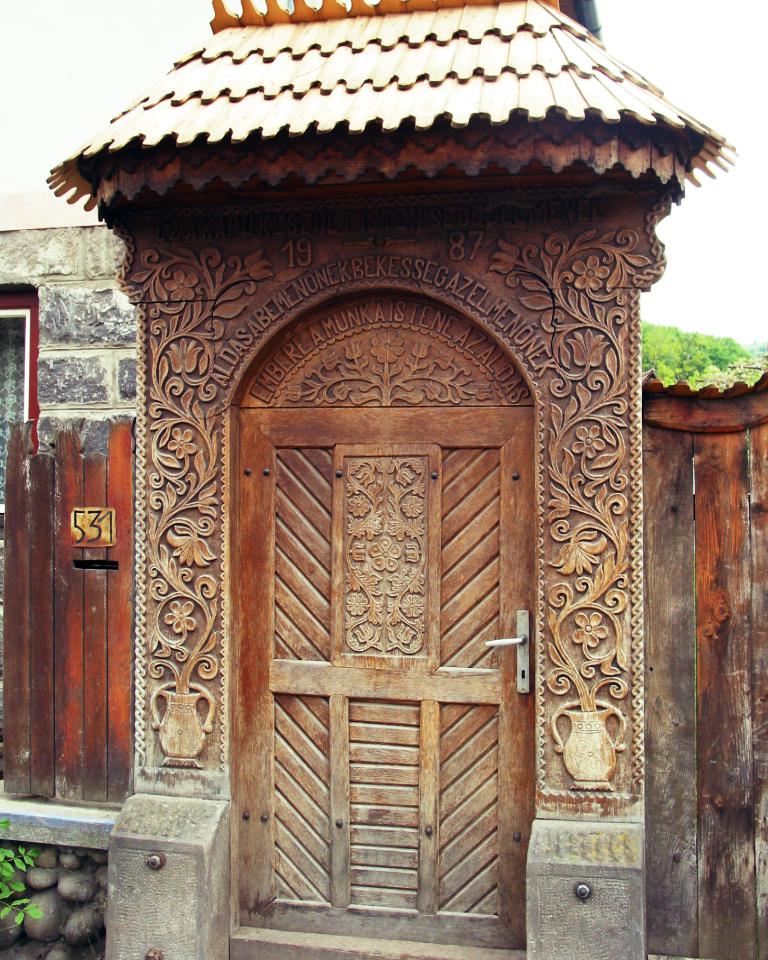
.jpg)
.jpg)
.jpg)
.jpg)

